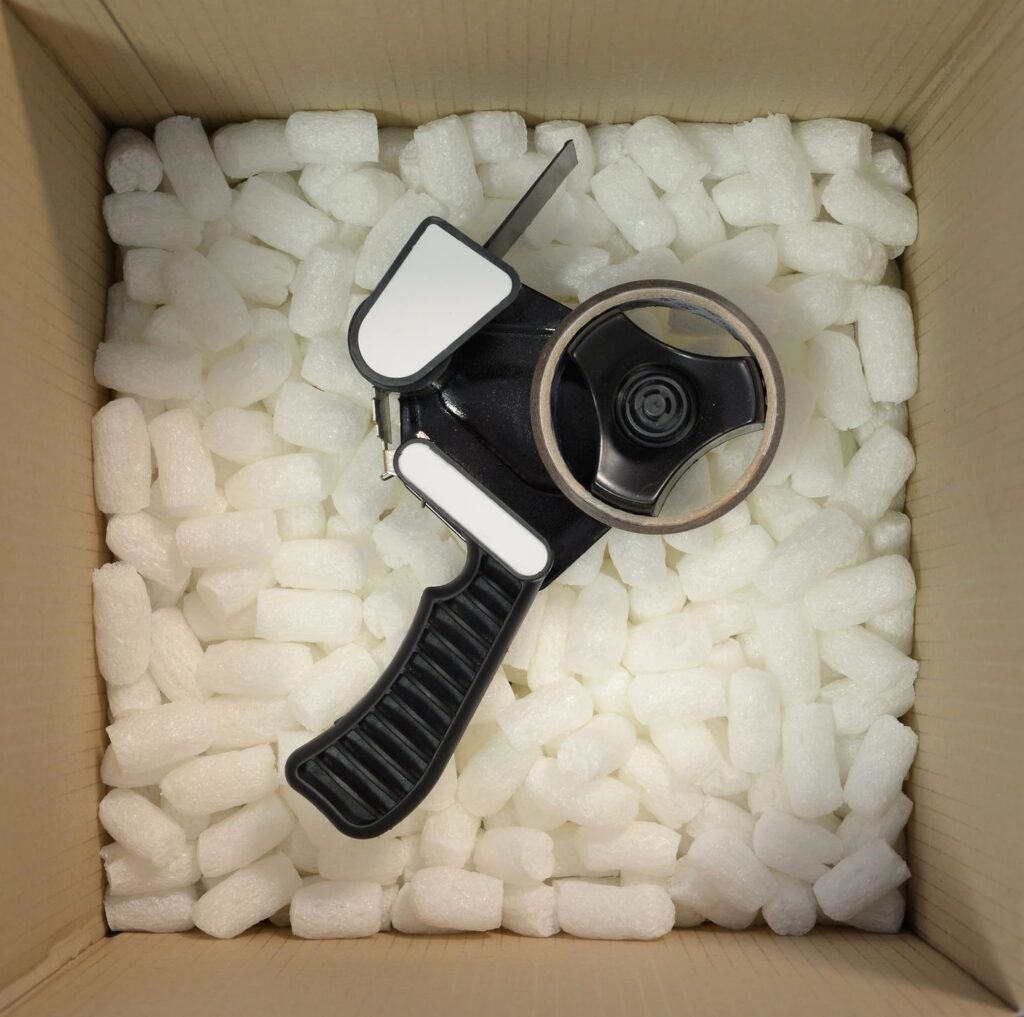Key Takeaways:
- Investing time in pre-move organization reduces last-minute stress
- Choose dependable movers to ensure a smooth transition
- Protect your valuables with clever packing techniques
- Explore ways to adapt to your new home and community
Table of Contents:
- Understanding the Moving Process: Tips and Tricks
- Organization: Before the Move
- Selecting a Moving Company: What to Look For
- Packing Up: Efficiency and Safety
- The Big Day: Managing Moving Day
- Settling In: The First Week in Your New Home
- Moving With Kids and Pets: Keeping Them Comfortable
- Downsizing or Upgrading: Adjusting to New Spaces
- Eco-Friendly Moving: Sustainable Practices
- After the Move: Maintenance and Home Improvement
Understanding the Moving Process: Tips and Tricks
When approached correctly, the journey to a new home in Miami is filled with opportunities for efficiency and ease. Embarking on the moving process with a structured plan can save time and mental energy. To ensure nothing is left to chance, it’s advisable to collaborate with professional Miami Movers, whose expertise in the field equates to a seamless moving experience. These professionals can manage the logistics and heavy lifting, freeing you to concentrate on the excitement of your new chapter.
Organization: Before the Move
An organized move begins long before a single box is packed. The clarity from categorizing your belongings is invaluable—identify which items will make the move and which will find new homes or be discarded. Embrace this time to declutter and lighten your load; the less you transport, the simpler your move. Resourceful packing advice helps protect your valuables and ensures no box is wasted.
Selecting a Moving Company: What to Look For
When selecting a moving company, due diligence is your best defense against moving day mishaps. It is imperative to research and compare several moving companies, focusing on their track record, reviews, and the services they offer. Please pay close attention to their insurance policies and how they handle liabilities, as this could significantly affect your peace of mind. Transparent practices and clear communication indicate a mover’s reliability and should weigh heavily in your selection process.
Packing Up: Efficiency and Safety
Meticulous packing is as crucial to a move as choosing the right company. A systematic approach, starting with seldom-used items and ending with daily necessities, keeps the process manageable. Label every box with its contents and intended room clearly, and use high-quality materials to protect breakables. Details like these help maintain organization and assist your movers in efficiently transporting and situating your belongings in the new space.
The Big Day: Managing Moving Day
The day of the move will likely be bustling with activity, and it can be easy to lose track of crucial details amidst the flurry. Physical preparation is only part of the equation – ensuring you’re mentally ready for the day’s challenges is equally important. You can gracefully navigate the chaos by staying calm and sticking to your pre-defined checklist. Recall that the ultimate objective is to move into your new house without any problems and that every obstacle you get past brings you one step closer to your goal.
Settling In: The First Week in Your New Home
The first week in a new home is crucial for creating comfort and starting routines. Begin by unpacking the essentials—kitchen items, bedding, and personal items that make the space feel like home. Then move on to services setup—arranging utilities and confirming internet connectivity should be high on the list. Familiarizing yourself with local amenities, such as grocery stores, parks, and community centers, helps you and your family feel more connected to the new area.
Moving With Kids and Pets: Keeping Them Comfortable
Young family members and pets may find moving particularly disorienting. To mitigate stress, prepare them in advance by discussing the move and maintaining routine. For pets, familiar items like bedding and toys can provide comfort during the transition.
Downsizing or Upgrading: Adjusting to New Spaces
Your new home’s layout will dictate how you arrange and occupy the space. Downsizing requires intelligent organization and selective furniture choices to maximize functionality without feeling cramped. Conversely, upgrading to a more spacious dwelling allows you to experiment with design elements and personalize your environment. Embracing the potential of your new space, whether large or small, empowers you to make it uniquely your own.
Eco-Friendly Moving: Sustainable Practices
More movers are choosing to relocate with the environment in mind. Opting for green moving supplies, such as biodegradable packing materials, reduces waste. When divesting items, consider donation over disposal—a sustainable practice that can extend the life of your unwanted goods. Such environmentally-minded decisions benefit the planet and instill a sense of responsibility and mindfulness as you establish your new home.
After the Move: Maintenance and Home Improvement
Once you’re in your new home, regular maintenance and proactive improvements will keep it in top condition. It includes tasks like establishing a cleaning schedule and performing periodic checks on household systems. While immediate changes such as repainting or remodeling can be tempting, give yourself time to adjust before undertaking significant projects. In due course, you’ll have the insight necessary to make improvements that resonate with your lifestyle and enhance the character of your new home.

